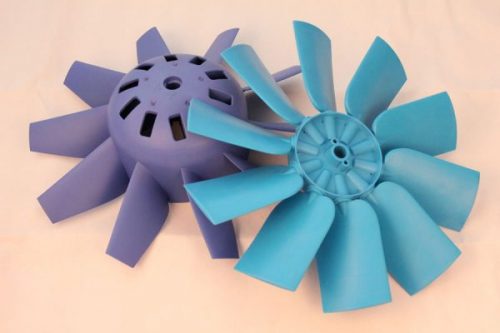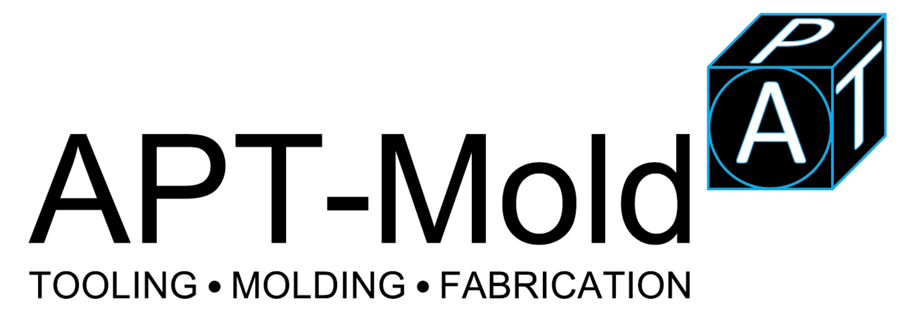Every product created for the modern world requires a plastic injection mold. It’s the best manufacturing method and the one that guarantees the best results in the short run. The reach of this industry is no longer something accessible to large corporations. The small entrepreneur can use plastic injection molding services to create anything out of scratch and deliver a functional product to the market.
As a manufacturing process, plastic injection molding was conceived to handle some of the largest bulks of parts created from scratch for a long time. The updates of the industry over the past twenty years have made it very accessible to anyone with the right budget. The rise of this industry in most Asian countries has also created a fiercely competitive environment. A lot of people is doing business with any entrepreneur regardless of the size of their projects.
These practices have been regarded as positive across the world. It widens the spectrum of the open market, and it makes it more competitive in industries where previously only a few held all the cards regarding the supply of components. In the following lines, we will offer a brief outline of all the methods used for plastic product manufacturing based on the volume of production as well as the best materials for these projects.

plastic products, *picture from polypacific.com.au
Low Volume Manufacturing
If we are discussing methods to create just a small amount of products, this calls for technology that operates on grinding and cutting to achieve the desired shapes of any design. The most popular ones working on those principles are the following methods:
· 3D Printing
We proceed to use computers and 3D modeling programs such as CAD to create a product from scratch and shape it using structured printing.
· CNC machining
This method is pretty simple too, and it also requires computers to work best these days. Essentially a piece of raw material is shaped into an entirely different product by a machine that uses drilling and grinding to handle the task.
· Fabrication
This is the old fashioned approach and the one that takes more time these days. With this one, all products are created using non-digital tools to carve, weld, and glue everything in place.
Medium Volume Manufacturing
Medium Volume manufacturing calls for larger quantities of the required products, but the volumes are still manageable in short timespans. Molding and shaping should be automated entirely to get the most effective manufacturing. The better-known techniques used for these volumes are the following:
· Casting
It’s a manufacturing method that allows the creation of thicker parts with better wall sections in large outputs. It has one noticeable drawback: it requires a lengthier time to get a solid production run because of the needed solidification post-cooling of the mold.
· Compression Molding
It’s the classic manufacturing handled with a two-piece mold using heat and pressure to get things done. It’s still regarded as effective, but it has quite a few limitations when it comes to shapes.
· Thermoforming
This is another old-school method of manufacturing that uses plastics sheets heated to melting point and vacuumed on a mold. This technique is very limited in the number of shapes it can offer because it’s restricted to a single-side mold.
· Rotational Molding
This manufacturing method uses molten plastics poured on a larger mold that is being rotated until it forms a hollow shape. It is mostly used to create different types of containers and hollow structures.
High Volume Manufacturing
Until not so long ago, these were the only volume outputs that most manufacturing companies could handle to secure profits. This type of manufacturing calls for high-profile industrial methods such as large machinery aimed at mass production scales. These are the most popular techniques:
· Blow Molding
This manufacturing method calls for a pre-fabricated tube to place molten plastic by blowing large amounts of hot air to form a mold
· Extrusion Molding
This is a technique that works following the same principles of a sausage mincer. Molten plastic seeps through a die to come out bearing a steady length after it’s done.
· Injection Molding
This is probably the most used modern manufacturing method across the world right now. Molten plastic is injected on a two-piece mold that also cools and solidifies the part after it’s done with calculated precision.
Choosing Plastic Injection Molding Is the Best Way to Go
If you need a solid reason to choose injection molding to handle your plastic manufacturing project, you just have to look at the benefits. For starters, it’s a proven way to execute any design with the highest levels of accuracy and consistency, especially on those parts that have detailed features. The use of computers and digital tech to handle prototypes and all the aspects regarding geometry are done quick and efficiently.
Plastic injection mold also offers enhanced strength, as well as flexibility on the post-mold product. It is regarded as a resourceful method to get durable components as well. The modern technology of plastic injection molding can handle combinations of resins and co-inject them in the mold. This is done to make stronger products with low scrap rates. It also secures an extended lifespan for the mold. It saves money, and it’s more environmental-friendly than most of the other methods.
